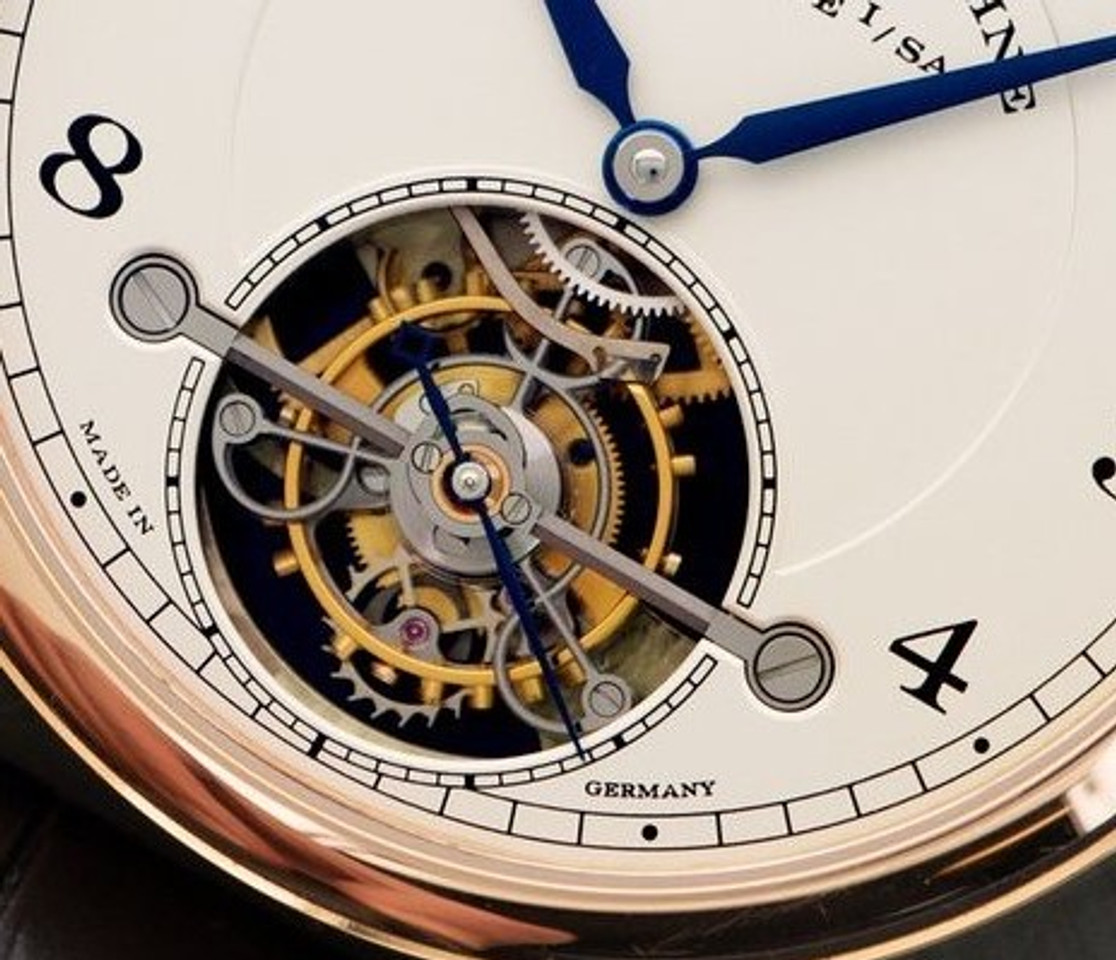Which is the most useless watch complication?
A mechanical watch that only shows the time is certainly complicated enough as it is before adding any so-called complications. A complication in watch-speak is simply an additional functionality to the basic timekeeping. That's the definition I will use in this blog post.
To narrow the discussion down, we will keep it to the most common complications that are available in commercially mass-produced watches. We will discuss
- Date
- Weekday
- Month
- Moon phase
- 24 hour hand
- GMT/World timer
- Chronograph
- Power reserve
- Alarm
- Tourbillon
The scale we will use is this: Trabant (worst), Lada, Fiat, Cadillac, BMW, Maserati (best).
1. Date
Let's kick it off with the humble date. On a usability scale it is relatively useful, given that it will instantly let us know which date of the month we are at. It is however very susceptible to not being set by lazy users, especially if it is an old watch without any sort of quick-set, like for instance a 1960s Rolex. This one's a Fiat.
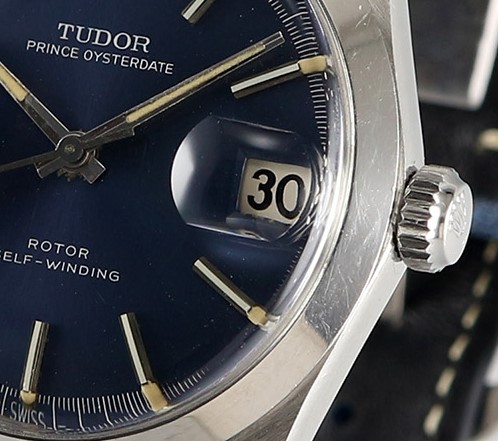
2. Weekday
The second one is the weekday. This is quite comparable to date, but less useful, given that most people keep better track of which day of the week they are at than which date it is. It suffers the same weakness in terms of quick-setting. Fiat, the kind driven by a chain smoking bingo player.
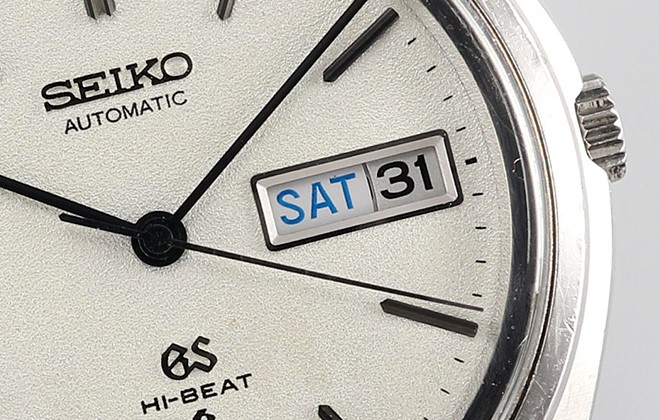
3. Month
The month complication is even less useful. I mean come on, who doesn't know which month they are in? This one is a Lada, and not a new one either. It's the kind with near-empty plastic bottles filling up the space between the hamburger wraps.
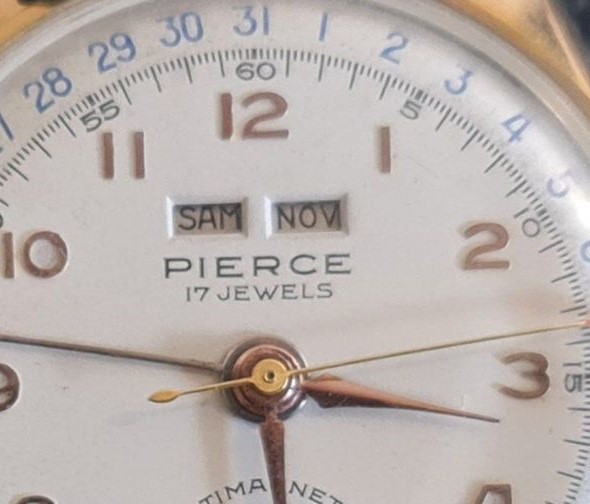
4. Moon phase
And moon phase? Seriously, who besides werewolves have an interest in what moon phase we are in? There's a definite coolness factor to it which we will graciously give credit for, but it is nonetheless in Fiat Panda-land. And no, the Fiat Panda isn't cool. At all. It's so uncool there's even two pictures of it in the dictionary if you look up un-cool. One from the front and one from the back. I'm not even sure which is which.
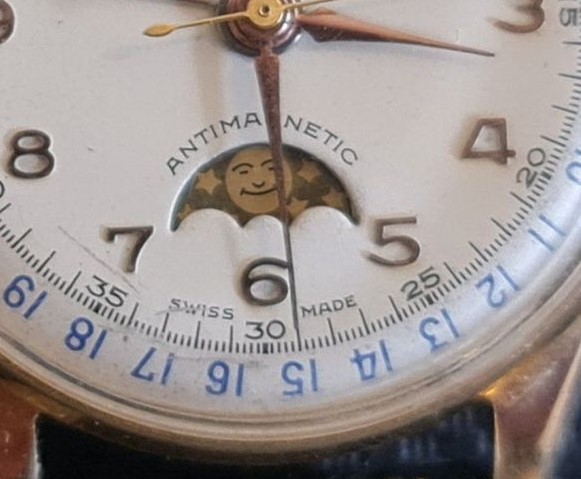
5. 24 hour hand
Having a 24 hour hand on your watch is entirely useless unless you want to see if the date is going to jump if you move the hour hand across 12 o'clock. This is an old Trabant stored away in a barn for about two and a half decades after it broke down for being useless. Why even store it there, man.
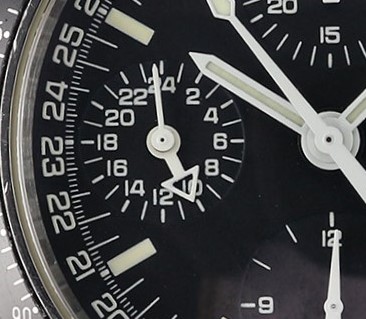
6. GMT/World timer
A GMT function, where you can offset the hours to an independently set GMT hand can be very useful if you travel abroad or work with people in a different time zone. Adding a world timer function, typically with a rotating bezel with names of cities engraved on it, makes this a very potent function that is not easily replicated simply by looking at your phone or laptop. This is a Maserati. And yes, I know Maseratis aren't exactly known for reliability, but man, you won't find more beautifully designed cars! Did you btw know there is no Italian word for "reliability"?
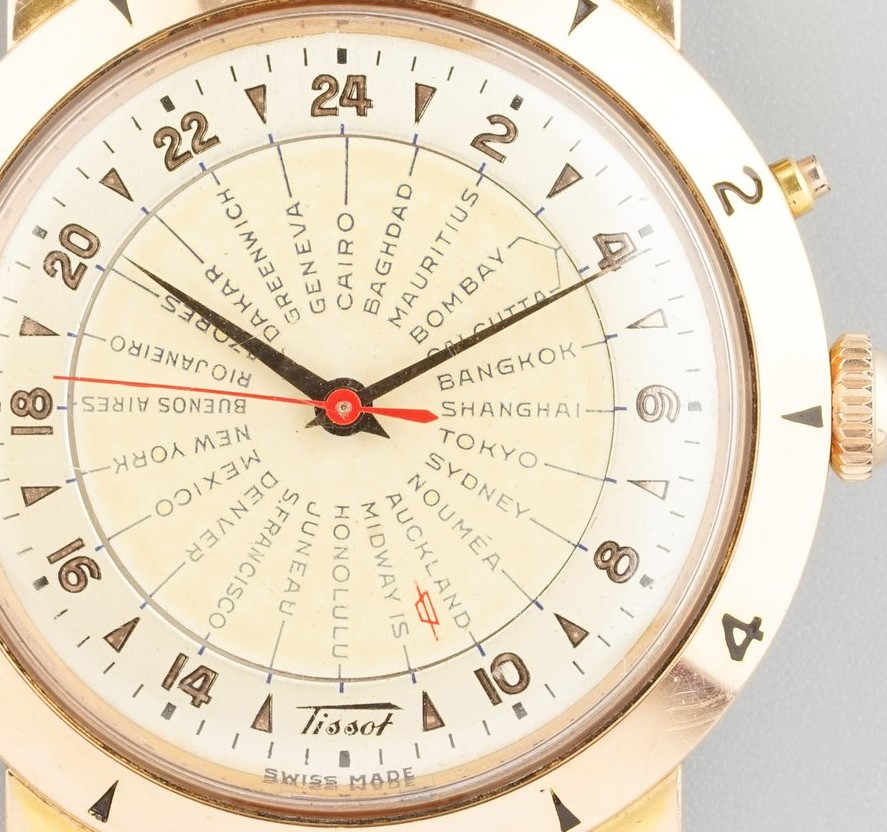
7 . Chronograph
The chronograph... oh, where to start with this one. First of all, there are actually a whole slew of various chronograph types, including whether it counts only seconds or also minutes and/or hours. Then there is also fly-back chronographs, where the counters are set to zero and immediately start counting again, and you also have split-seconds chronographs where you can time two separate events. On the face of it, each of these are quite useful and the usefulness increases with the fly-back and split seconds. But does anyone actually use their chronograph for anything useful? A-ha! We'll give the chronograph a BMW, something like a 318 from 1988.
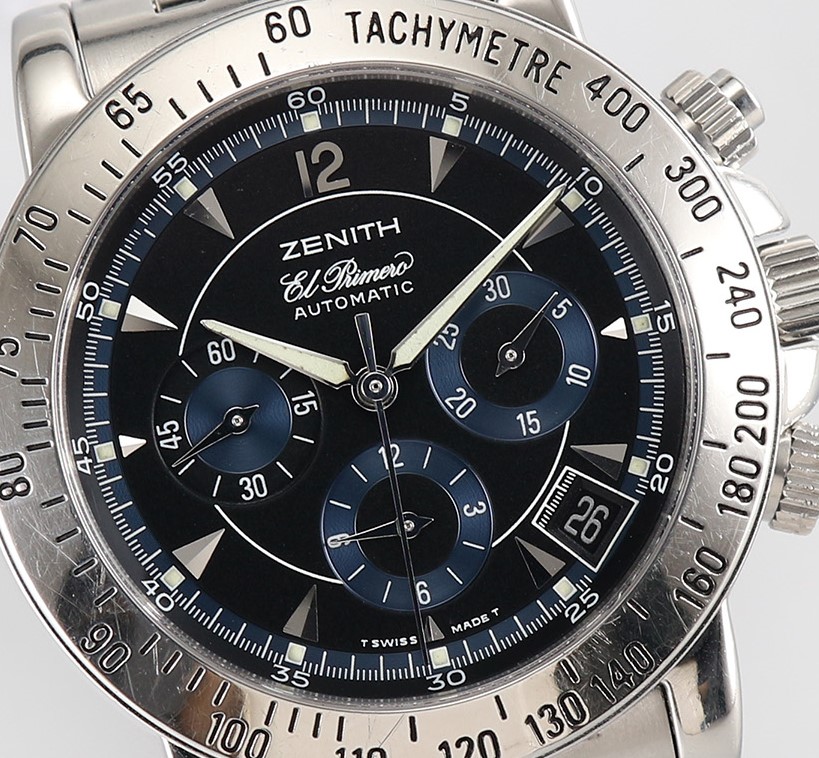
8. Power reserve
The power reserve is a bit difficult to rate. On one hand it can be useful to see if you need to wind the watch, but then again, if your watch is hand wound you should wind it every morning anyway, and if your watch is automatic the power reserve should always be quite stable. So all in all, it's not really very useful. We'll say this is a Cadillac, and not an old cool one with fourteen metric tons of wings and fins, but like a late 1970's one. The ones that would break down faster than you can say power reserve.
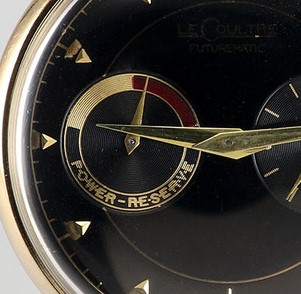
9. Alarm
An alarm on your wrist is ubercool, there's no doubt about that. Seeing people's faces when your Memovox, Bellmatic or Cricket starts ringing is just priceless. But cool factor is not what we are here for, folks. The alarm is made much less useful when implemented on watches displaying 12 hours (which is pretty much all alarm watches), and the accuracy range of the alarm complication is about 5-10 minutes, which is a bit much for today's hectic lifestyle. I want to give the alarm a Maserati but it is sadly an entry-level Fiat. Italian anyway!
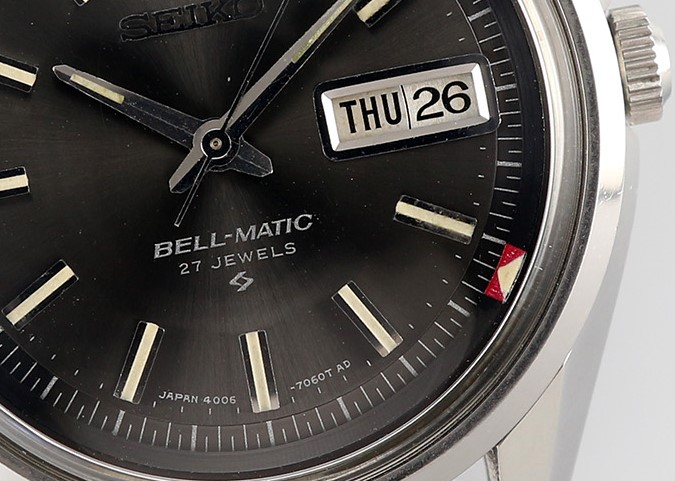
10. Tourbillon
Which brings us to the last complication and sadly the most useless one. It was famously invented by Breguet himself (well, actually John Arnold probably invented it) to improve timekeeping, but importantly, for pocket watches. In a pocket watch that sits in the same position crown up in a vest pocket, rotating the balance would even out the positional errors, but a wristwatch already goes through most positions regularly anyway. Thus a tourbillon in a wristwatch will have very little impact in its timekeeping. But as a Maserati, it doesn't really matter if it is entirely useless in what it supposedly does, it is just too beautiful. Having a tourbillon on your watch will make you want to spend the entire day just looking at it.
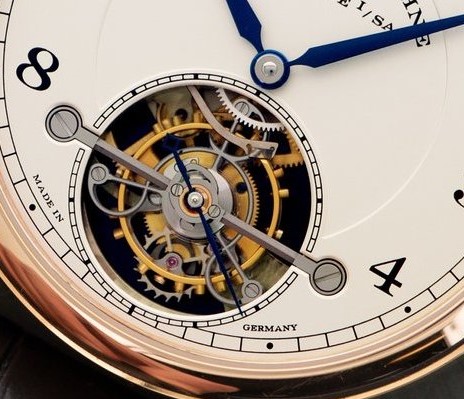
So this one is a Trabant, but a fun one, like the rainbow colored ones you'll find strolling old East Berlin. If this rating was looks-based I would even give it a DeTomaso Mangusta, which is the car I would buy if I had way more money than I will ever have. Bill might have needed to be killed but he sure had a killer car. And the tourbillon is a killer complication. Albeit a useless one.


 Swiss Franc (CHF)
Swiss Franc (CHF)
 Euro (EUR)
Euro (EUR)
 US Dollar (USD)
US Dollar (USD)
 Canadian Dollar (CAD)
Canadian Dollar (CAD)
 Hong Kong Dollar (HKD)
Hong Kong Dollar (HKD)
 British Pound (GBP)
British Pound (GBP)
 Japanese Yen (JPY)
Japanese Yen (JPY)
